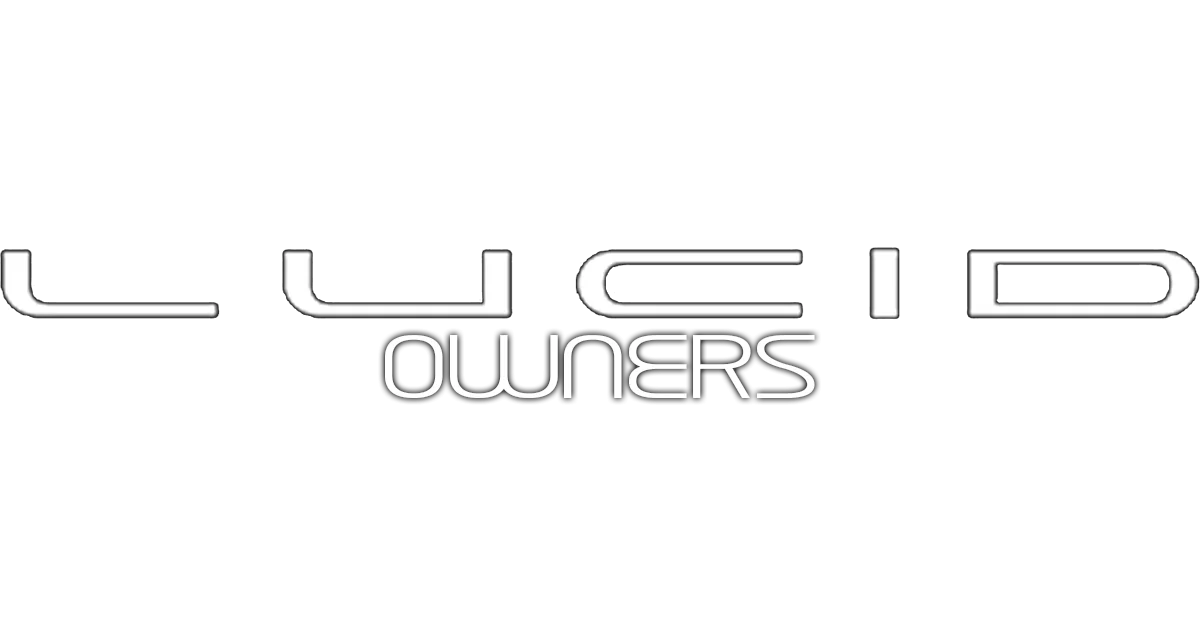One of the things that people underappreciate about new product development (including many new product developers!) is how long it takes to move something from the drawing board to manufacturing readiness. You can have a prototype and even finalized drawings, but it takes months and months to get to full production. Vendors need to be interviewed, vetted, quotes delivered. Tooling manufactured, first pieces measured and tested, then shipped, and then even further life testing, validation and verification, etc. Sometimes V&V will tell you that something needs to be changed, or it didn't work and needs to be modified. Those changes often require you to go back several steps, possibly all the way to the beginning. These changes can also impact other components, which then also go backwards in the process. Only when everything is finalized (or reasonably close) can you then start running production pilots (these were probably those first Gravitys that rolled off the line to some fanfare back in December).
This is less so for mature technologies or components where more or less everything is reduced to practice, or when components may be available off the shelf. You may be able to run a production pilot without certain off-the-shelf parts being available because you trust that it always performs in a certain way and always within the same set of parameters, so the risk is very low of a problem.
But for a groundbreaking, patent-pending HUD that ties into multiple vehicle systems such as navigation and DreamDrive, has an apparently groundbreaking focal distance, projects augmented reality information, connects to cameras onboard the vehicle to throw the image in the right place, and has to tie to multiple software systems, etc etc. - this is not something that you want to be releasing to the supply chain at the last second. It's not something you want to be making at all if you haven't tested the hell out of it. By the sounds of it, this was also a heavily home-grown device. Something like this needs LOTS of testing and V&V, and the number of possibilities for changes is dizzying. Let's say that in the final analysis it's not quite bright enough under certain circumstances. OK, great, get a brighter LED display or whatever powers this. But whoops, now the wire that needs to feed that needs to carry higher voltage, so it's thicker, which requires a new wiring harness. Well great, but the wiring harness tooling is already made. Maybe it can be modified? Maybe not? Maybe you try it and then realize the new wire is creating electrical interference with something else, etc etc. I'm making up random stuff here, but this stuff happens in real life.
Add to all this that this has to happen at automotive levels of quality and safety testing and rigor, and it makes me want to throw up just thinking about trying to release a fully-featured product in manufacturing that nobody has actually seen work yet.
FYI Toyota locks down design about a year before going live. Because that's how long it takes to stand everything up. Maybe some companies do better than this - I remember seeing a video where Peter talked proudly about eliminating certain "hard points" that are probably a way to help the NPD process accommodate faster manufacturability and design timelines. I'd bet they're doing some really cool stuff. But even that process was new. Eventually, reality pushes back.
So yeah, maybe some vendors are making new tools now, so it's a "supply chain constraint." But it seems to me that the simplest explanation based on the circumstantial things I've observed and squared with the little bit of knowledge I have from being around lots of manufacturing is that this just ran into development delays and thus is not ready for full production.
